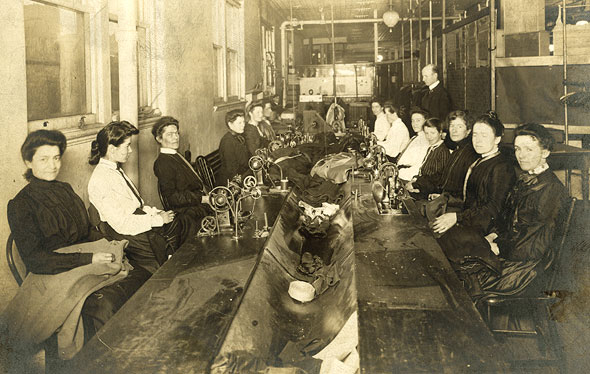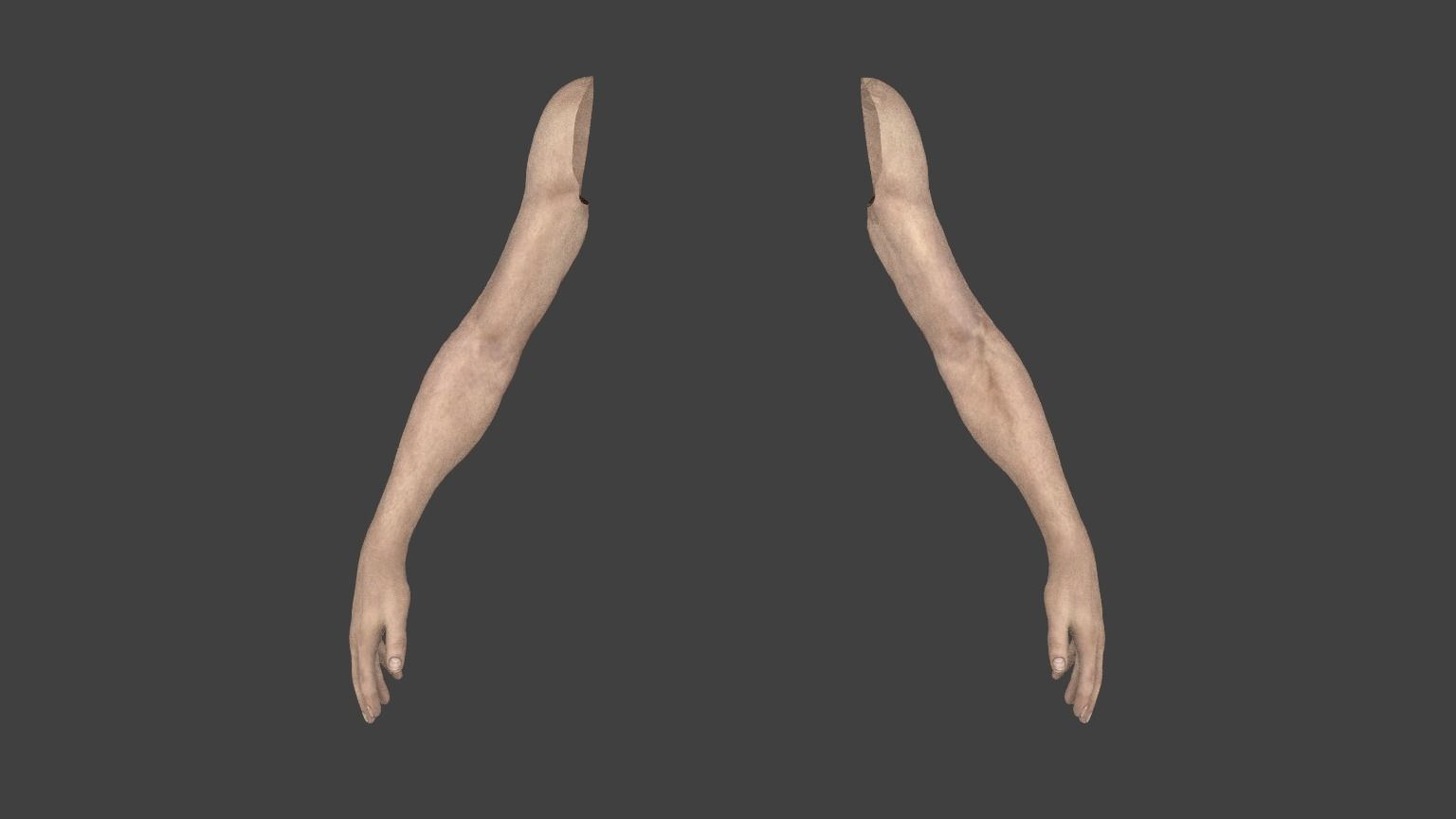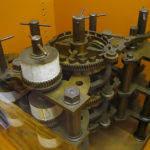Believe it or not, the first-ever sewing machine concept was made by Leonardo Da Vinci, in Italy during the renaissance era of European history.
Today, fast fashion wouldn’t exist without the use of a sewing machine. It is an element of huge production equipment that sewists across the world use daily.
But have you ever wondered who made the first-ever sewing machine and what changes it had undergone before it reached the modern customer?
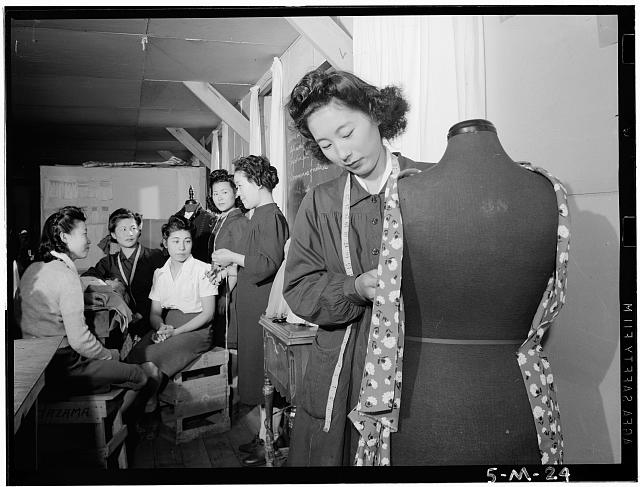
By Unknown – This image is available from the Archives of Ontario under the item reference code F 229-308-0-1831, Public Domain.
Contents
The First-Ever Sewing Machine
According to historians, the first sewing machine maker was the famous Leonardo Da Vinci in the 15th century.
However, his invention only stayed alive on paper, and we have no trace of the machine actually existing.
Almost 300 years passed before people returned to this invention.
Who Made the Sewing Machine Patent?
German inventor, Charles Wiesenthal patented a first-ever sewing device in 1755. It was also known as the first-evert known mechanical sewing device.
Wiesenthal’s first-ever stitching machine concept replicated the manual stitching method and automated tedious sewing process.
Who Made the First-Ever Shoemaking Machine?
In 1790, Thomas Saint, an English inventor, made the first shoemaking machine. Although there is no physical evidence it existed, the first-ever sewing machine was Saint’s model with the chain stitch method.
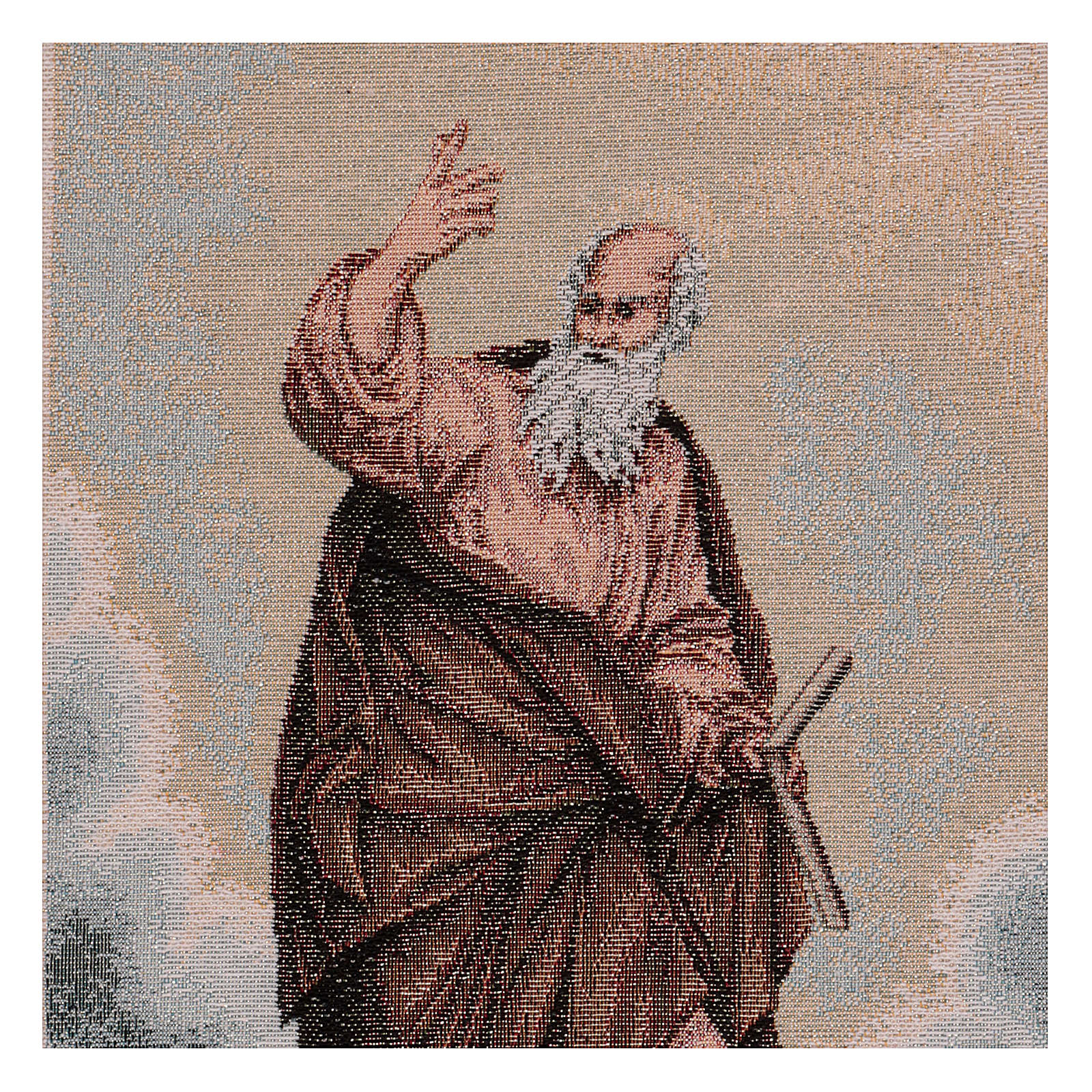
By Panjigally – Own work, CC BY-SA 4.0.
The device was meant to be used for leather and canvas materials, but Saint never marketed his sewing machine.
The First-Ever Automated Sewing Factory
Subsequently, in France, Barthélemy Thimonnier designed his version of the sewing mechanism. He was the first to establish an automated sewing factory. Nonetheless, the workers burned down the factory for fear of losing their jobs over a machine.
The First-Ever English Stitching Machine
Later on, in 1844, English inventor John Fisher made the first-ever sewing machine that had all the components of the previous machines.
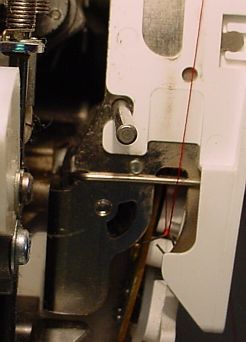
By Panjigally – Own work, CC BY-SA 3.0.
And only after 55 years, as early as the 19th century, did American inventors Isaac Merritt Singer (in 1851) and Ellias Howe (in 1845) develop a machine model that could sew quality clothing.
Since Fisher had a botched patent filing, his invention was never recognized internationally.
What Did the First Needlework Machine Look Like?
The first sewing machine had a wheel mechanism for stitching long canvases; it was huge and took up considerable space. Sail production workshops used such sewing machines.
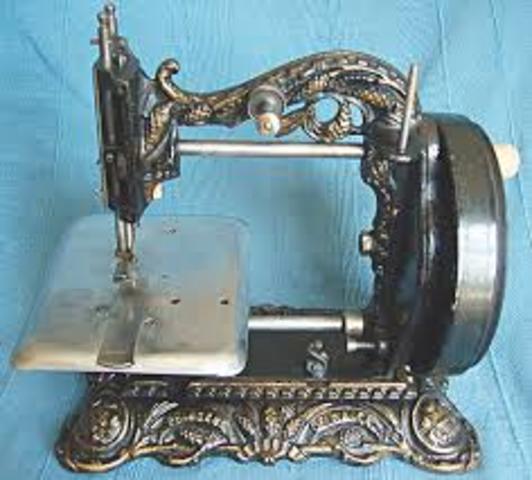
LEAD Technologies Inc. V1.01
By Panjigally – Own work, CC BY-SA 4.0.
Neither the image nor the description of such units existed until William Newton Wilson, a sewing machine manufacturer, built Thomas Saint’s model from his drawings in 1874.
The Modern-Day Stitch Machine
In the mid-19th century, after unsuccessful marketing in England, Elias Howe returned to America with the lock stitch machine.
Meanwhile, he realized that many people infringed on his patent. Later he sued them and won the case for his patent infringement in 1854. This was the first-ever sewing machine patent infringement.
When was M. Singer & Co Established?
However, Isaac Singer had already established a company I. M. Singer & Co., later known as the Singer Corporation, in 1851.
Isaac Singer made adjustments to the sewing machine. He created a model of the leg drive, freeing the tailors’ hands, which allowed them to move the fabric in any necessary directions, and thus to produce not only straight seams.
Additionally, the fabric was fixed with a separate leg and then moved using a pinion. With the help of such machines, sewing machines were able to create much longer stitches than in earlier versions.
Have You Heard of the Singer Sewing Machine?
Almost everyone who has ever worked on sewing machines knows the name, Singer. The devices he created are reliable and durable, and they function after more than 150 years of use.
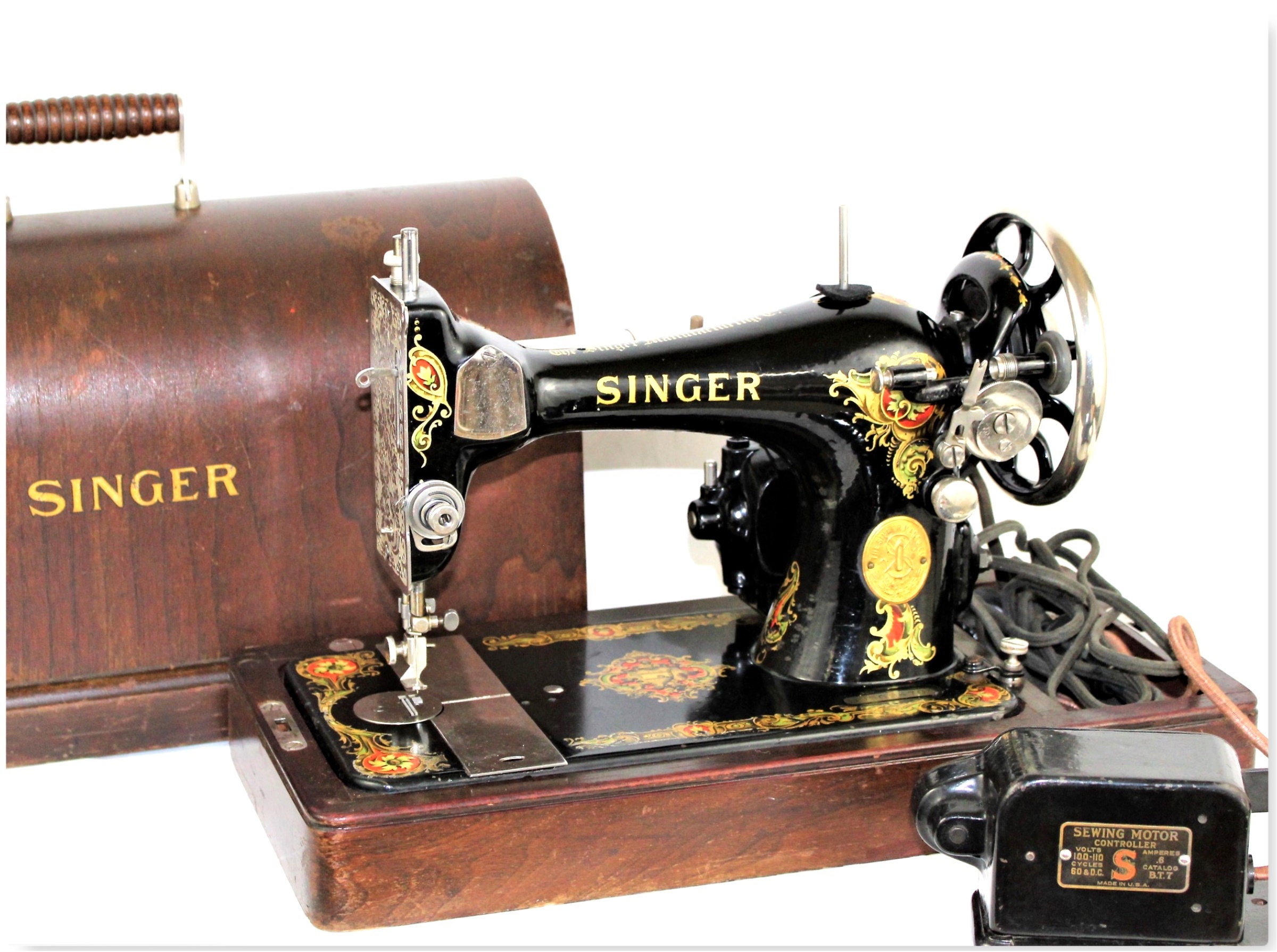
By Birmingham Museums Trust – Birmingham Museums Trust, CC BY-SA 3.0.
Today, as technology improved, we use advanced devices, such as a handheld sewing machine.
Also, if you’re interested to know about the history of other devices we use today, make sure to see who made the first computer ever.
